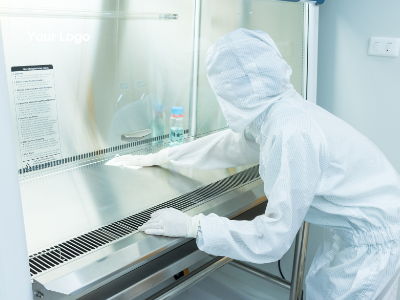
Humidity issues in your hospital pharmacy?
Controlling the humidity in a hospital pharmacy is crucial for maintaining the effectiveness of the medications, ensuring the proper functioning of equipment, and complying with regulatory standards such as USP 797 for compounding pharmacies. High humidity can also promote the growth of mold and bacteria, which could compromise sterility and patient safety.
Here are several strategies to address humidity issues:
1. Air Conditioning System: Your building's air conditioning system is the first line of defense against humidity. It should be regularly maintained to ensure it is working effectively. If it's not adequate, consider upgrading or supplementing it with dehumidifiers.
2. Dehumidifiers: Portable dehumidifiers can be placed in areas where humidity levels are consistently too high. These need to be regularly monitored and maintained, and the collected water should be regularly emptied.
3. HVAC Professional: If the humidity problems persist, consider consulting with an HVAC professional. They can assess your current system, identify any issues or improvements that can be made, and suggest solutions. This could involve adjustments to the existing system, or the installation of a new, more effective system.
4. Hygrometer: Use a hygrometer to monitor the humidity levels in different areas of the pharmacy. This will help you identify problem areas and monitor the effectiveness of your humidity control measures.
5. Insulation: Poor insulation can allow moisture to seep into the building. Check the insulation in your pharmacy, particularly around windows, doors, and other potential problem areas. Proper insulation can help maintain the desired temperature and humidity levels.
6. Ventilation: Proper ventilation can help control humidity levels. This might involve changes to your building, such as the installation of new vents, or adjustments to your current ventilation system.
7. Operating Procedures: Simple changes to your operating procedures can also help control humidity. For example, keeping doors closed as much as possible can prevent humid air from entering the pharmacy.
8. Room Layout and Equipment Placement: The placement of equipment and how your space is utilized can affect humidity levels. For example, certain machines may generate heat, contributing to increased humidity. Assess the layout of your pharmacy and consider changes that might help control humidity.
Remember that controlling humidity is only one aspect of creating a suitable environment for a pharmacy. Other factors, such as temperature and light, also need to be controlled. Regular monitoring and maintenance are key to ensuring that all these elements are kept within the required ranges.




